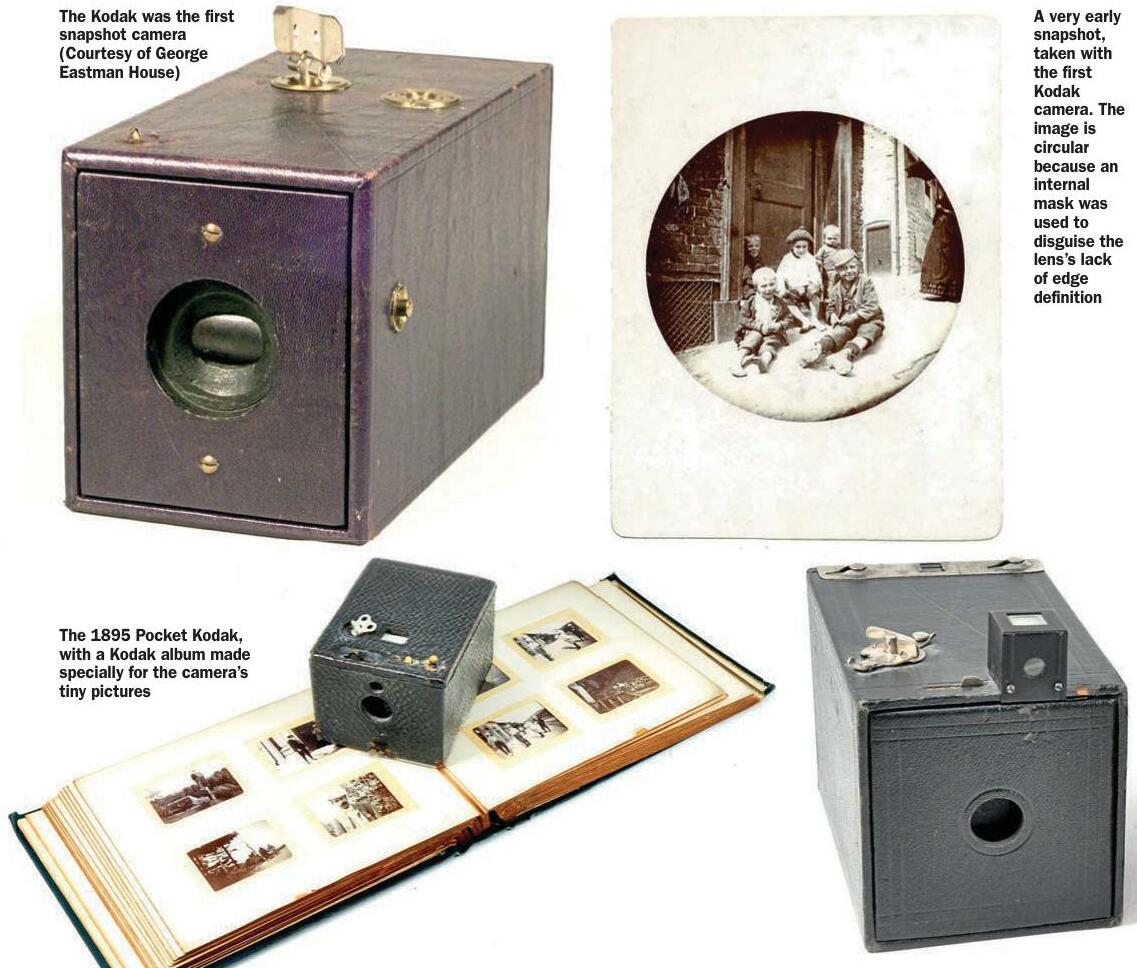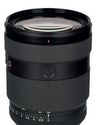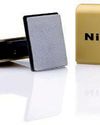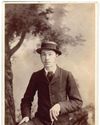
Imagine you are looking at a picture from a top photographer of the past - Ansel Adams, maybe. Let's say it's his picture of Half Dome, taken in the winter of 1938 at Yosemite National Park. The composition, light and exposure are all superb. There's no mistaking that it's a wonderful picture. But what does it tell you about 1938? Answer: nothing.
Now look at a snapshot from the same year. It might be slightly blurred, under-exposed and badly composed, but it could help you learn what people of that time looked like, how they dressed, where they took their holidays, how they lived, the cars they drove... and much more.
It isn’t always easy to pinpoint exactly when a trend, photographic or otherwise, began. But with snapshot photography there is a definite starting point. The year was 1888, the camera was called The Kodak – the first time that name had been used – and it was the world’s first roll-film camera, aimed at people with no real experience of photography.
The Kodak came ready-loaded with enough film for 100 exposures. At the end of the roll, camera and film were returned to the Eastman works for developing and printing. The camera was reloaded with a new film and returned to the photographer with the negatives and mounted prints. Until then, the word ‘snapshot’ referred to a gunshot fired quickly without seriously aiming at a fast-moving target. Now, for the first time, it was applied to camera usage. Snapshot photography for the masses had arrived.
SNAPSHOT CAMERAS
Esta historia es de la edición January 10, 2023 de Amateur Photographer.
Comience su prueba gratuita de Magzter GOLD de 7 días para acceder a miles de historias premium seleccionadas y a más de 9,000 revistas y periódicos.
Ya eres suscriptor ? Conectar
Esta historia es de la edición January 10, 2023 de Amateur Photographer.
Comience su prueba gratuita de Magzter GOLD de 7 días para acceder a miles de historias premium seleccionadas y a más de 9,000 revistas y periódicos.
Ya eres suscriptor? Conectar

Calling The Shots: A Queer History of Photography
Offering an unprecedented view of photographic history through a queer lens, this is a wonderful and powerful book, says

Large-aperture standard zoom, too
SONY has also revealed a new premium standard zoom, the FE 28-70mm F2 GM.

Super-fast, high-res Sony Alpha Ai II
SONY has announced its new professional full-frame flagship camera, the Alpha A1 II.

39 awesome accessories
Our round-up of the best accessories we've used and reviewed this year, along with some old favourites. There's something here for every budget, starting from just £7, including tripods, bags, filters and much more

Such a thing as society
This autumn sees the launch of a major new book and exhibition devoted to examining the multiplicities of photography during 1980s Britain. Peter Dench finds out more

Join Club
The sociable Canvey Island Photographic Club is keen to grow its in-person meet ups

Capturing flight
Winners and finalists of Bird Photographer of the Year share their tips for success with Hollie Latham Hucker

140 years of change
AP has become the world’s oldest surviving consumer photo magazine because we have moved with the times, says Nigel Atherton

Preserving history in platinum
A deep dive into the meticulous art of platinum printing, and the collaboration between the Royal Geographical Society and Salto Ulbeek. Mike Crawford explores how they brought historical photographs to life with enduring beauty and precision

Life in the past lane
What was life like for an amateur photographer in 1884? John Wade takes a trip back in time